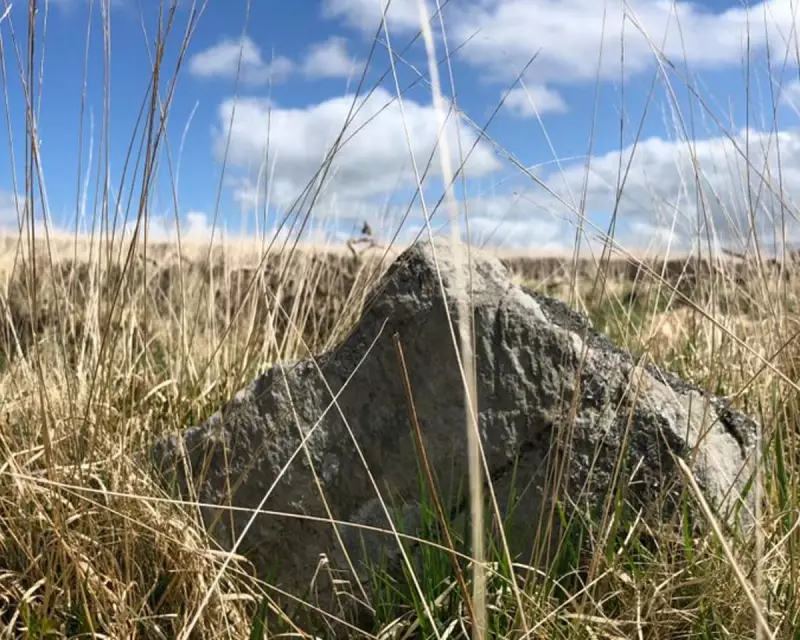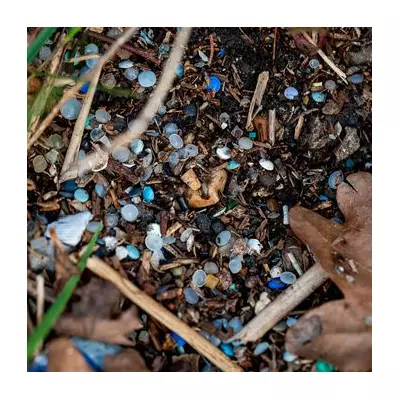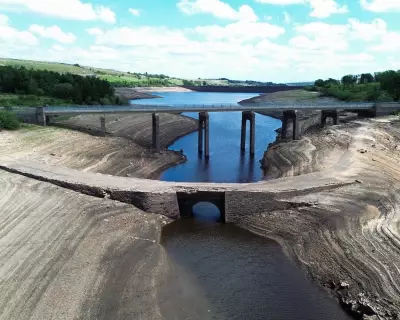
In a discovery that challenges everything we thought we knew about prehistoric Britain, archaeologists have revealed an extraordinary stone circle lying silent and mysterious twenty feet beneath the surface of a Cumbrian lake. This submerged monument represents one of the most fascinating archaeological finds in recent memory, offering new insights into our ancient ancestors' relationship with water and their changing environment.
A Landscape Transformed
The stone circle, consisting of several substantial stones arranged in a deliberate pattern, now exists in an aquatic world far removed from its original purpose. When this monument was constructed thousands of years ago, it stood proudly on dry land, likely serving as a ceremonial site for rituals we can only imagine today.
"Finding a stone circle of this scale completely submerged is exceptionally rare," explains lead archaeologist Dr Eleanor Vance. "It speaks to dramatic environmental changes that have occurred since the Bronze Age. What was once sacred ground is now home to fish and aquatic plants."
Climate Change Connections
The submerged stones tell a powerful story about Britain's changing landscape. Rising water levels over millennia have gradually claimed this ancient site, creating an accidental time capsule preserved in the cool, dark waters.
This discovery raises profound questions about how prehistoric communities adapted to environmental shifts. Our ancestors witnessed climate changes that transformed their world, forcing them to abandon significant sites or watch as water slowly claimed their sacred spaces.
Modern Technology Meets Ancient Mystery
The discovery was made possible through advanced sonar technology and underwater archaeology techniques. Researchers have been able to create detailed 3D maps of the site without disturbing its delicate ecosystem.
What makes this find particularly compelling is its location in Cumbria, a region already rich with prehistoric monuments. This submerged circle adds another layer to our understanding of how extensively ancient peoples populated and shaped this landscape.
Preserving the Past for the Future
As climate change continues to alter our world, this submerged stone circle serves as both a historical record and a warning. It demonstrates how environmental transformations can erase or conceal human history, while also offering hope that important sites might be preserved in unexpected ways.
The research team continues to study the site, hoping to uncover more details about when it was built, how long it remained in use, and what ceremonies might have taken place there before the waters rose.





